Have you heard about the pioneers that rebuilt Venice after WW2? While one could write lots of book on this topic, let’s focus on them from a very personal view: Who were those pioneers, working hard to rebuild life in Venice and the Lagoon, that had been dormant during in the 1940s. Who were these creative and hard working people helping Venice recover passably by the 1980s?
In short, each resident who lived in Venice during and after WW2, and who contributed to making it a collective home, can be dubbed “pioneer”: Grandfathers and grandmothers, restoring their homes for their families, setting up or reopening little restaurants and shops, thus laying the groundwork for a viable city, as Venice was until the 1990s.
During all those years, overtourism “hit” Venice only sporadically (the first example of “overtourism” and its effects on Venice being the Pink Floyd concert in summer 1989). In general, the numbers of visitors were “just right” for Venetians to take good care of visitors.
The process of losing our identity, as was described by Salvatore Settis, was getting more visible during and after WW2: Not much time for studying history then, as basic needs like food and housing had to be covered.
Each Venetian neigborhood had their pioneers who struggled to fulfill these needs during the years of shortage following the war: Food being the first necessity, these pioneers were setting up or re-opening little restaurants, markets, and shops. That is, restaurants for all the artisans in town, working to rebuild the city. Although Venice hadn’t been bombed, so many buildings had to be rennovated: You must know that taking care of the facades is extremely important, to constantly reduce the effects of humidity and the salty breeze. So, food was needed for those artisans, not just from Venice but from the Veneto and other parts of Italy as well.
Our grandmother Lina was one of the pioneers. In April 1945, just three days after the official end of the war, she opened her first restaurant on Campo San Provolo. It was called Da Nino, named after her husband. Soon, another restaurant was opened on the opposite side of the campo, named after her son.
And during those times, it was often perceived as if Venetians had lost connection to their heritage, and indeed it had been like this for several decades: Food and shelter being the main necessities, there was simply no time to indulge in history studies.
There was one notable exception, though, to which Venetians clinged, and which was also sponsored by these quiet pioneers: They encouraged their fellow Venetians to keep celebrating historical Venetian feasts and traditions, like Festa della Salute, Festa del Redentore, and Ponte del Cielo (the votive bridge connecting the cemetery island San Michele with Venice during the All Saints period), albeit in a very low-key manner, during and after WW2.
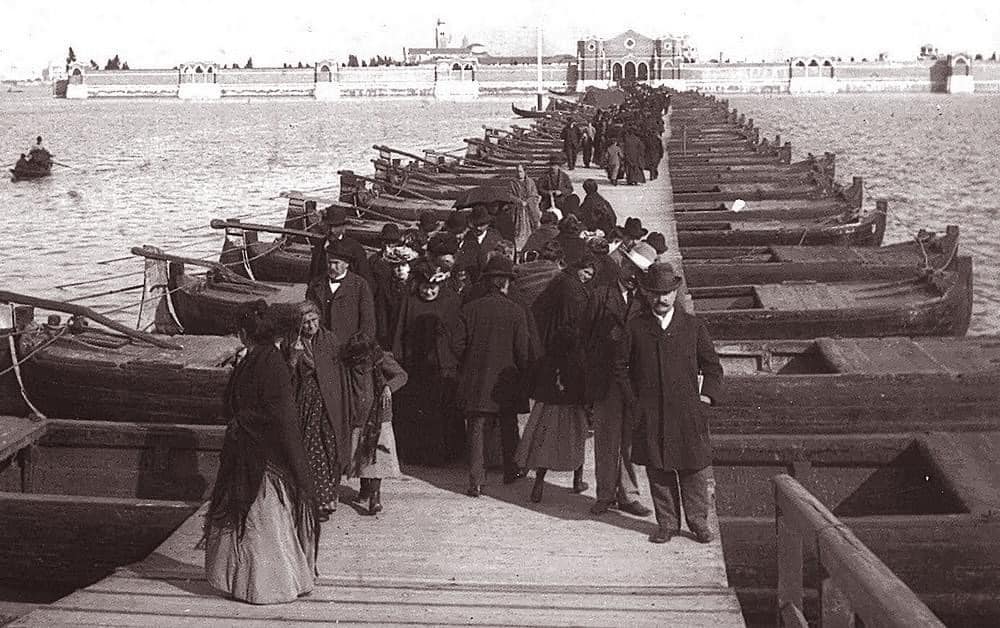
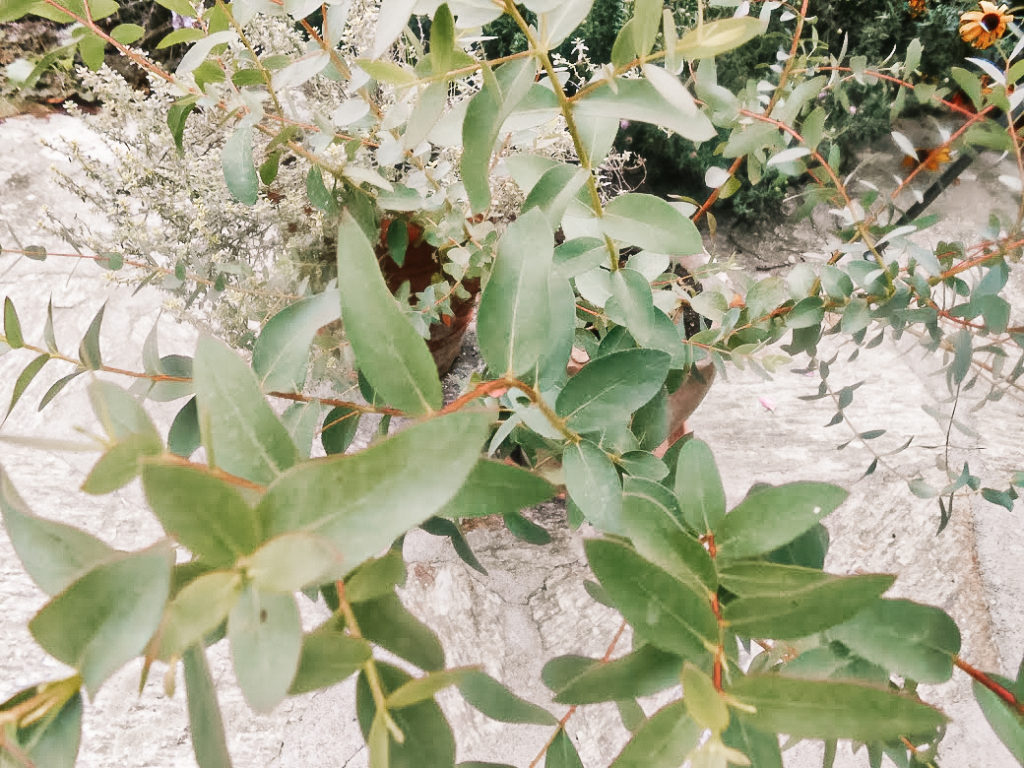
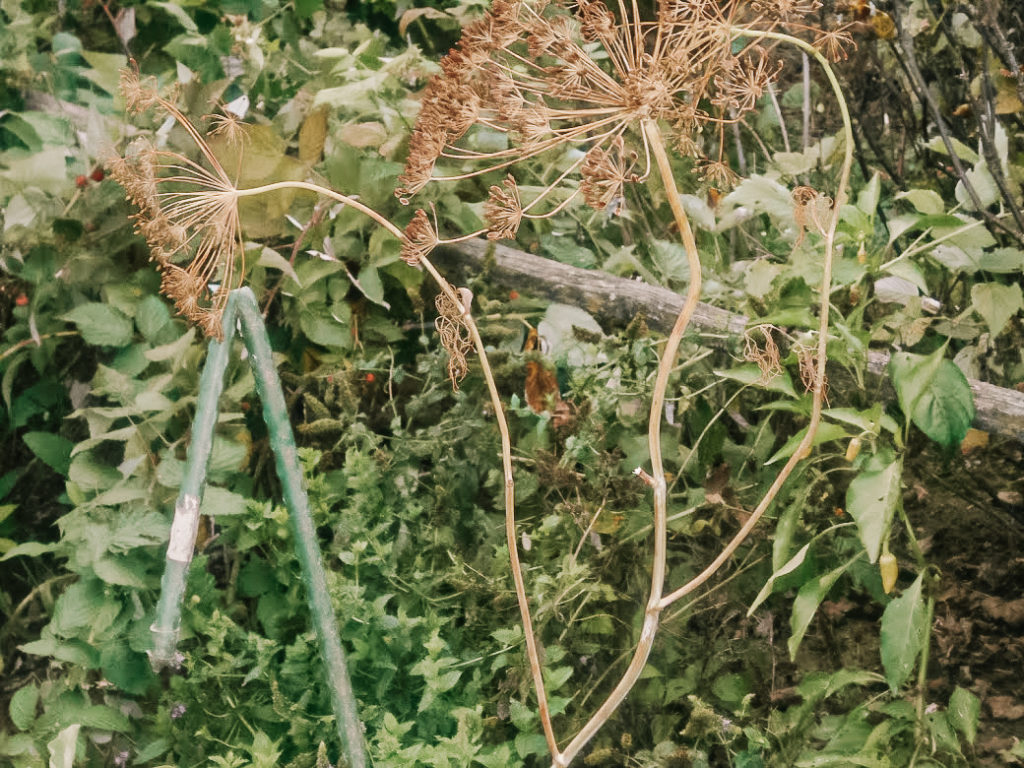
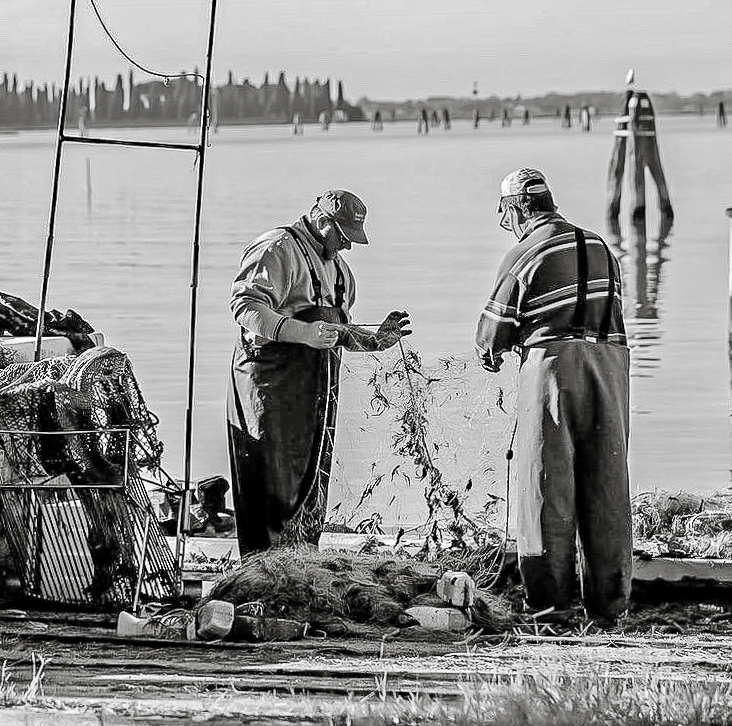

So it was the pioneers senza nome (no-name), people from the parocchie and sestieri (neighborhoods), taking up the vestiges of “Venetianness”. They slowly but steadily forged their post-war Venice, which gradually developed like a parallel city, unknown to outside observers. That is because these Venetians have access to the so-called città privata (private city), terraced gardens and premises hiding behind the red brick walls. These parts of Venice take up a rather large portion, almost half the area of the city, and were open exclusively to the people living in the neighborhood.
You do get such a different perspective on the “state” of the city, which looks much less dramatic when you know what the city looks like behind the scenes. And believe me, it’s here where the real treasures of Venice are hiding. Our post-war pioneers did take good care of their extended city, and we owe to them so many gardens restored, and food and gardening know-how shared.
And then, sometime in the late 1950s and 1960s, the visitors who had been missing during the war returned to Venice, bringing back yet another piece of normality because in the more than 1600 years of Venetian history, visitors have always been an intrinsic part of Venice:
Grandmother, who from 1968 had the opportunity to look after such a secret Venetian treasure garden: It’s a hanging garden part of the guesthouse of the San Zaccaria nuns, a monastery closed by the Napoleonic troups soon after the fall of Venice in 1797. These nuns moved into their guesthouse next door, surviving the Napoleonic and Austrian occupation.
And finally, grandmother recalling the original vocation of the premises as “guesthouse”, opened up the house once again: This time, not to pilgrims and merchants but to guests from all over the world. Soon, these new guests were enjoying breakfast, lunch and dinner on the magical terrace, with a special view of the San Zaccaria church towering above. What a terrace it was, surrounded by verdant local and exotic plants, that had been growing in the ancient monastery garden for centuries.
Many guests came to see the garden during those fifty years that followed: Heads of state, prime ministers, members of the Italian and foreign governments, ambassadors, architects, painters, artists. Four patriarchs of Venice, two of whom became popes, were regular guests at grandmother’s table. One future pope in particular, John Paul I., who came almost daily for lunch and dinner, and to discuss everything Venetian, gardens, history and even food with grandmother.
But then in 1968 (untold story!), the nuns decided to leave asking Grandmother to take care of their guesthouse, its library and its garden. Grandmother loved the hanging terraces and semi-private yet lush courtyard, so she made it her priority to restore it after the grand flood of 1966. This restoration was based on the stories told by the nuns, her close friends for more than twenty years.
Until the 18th century, mostly pilgrims, ambassadors, artists and merchants came to Venice, and from the 19th century, it was the turn of the “Grand Tour visitors”. More accomodation was needed for the guests, and the number of family-run hotels was growing.
In the late 1990s though, a new lifestyle built around the globe: People were traveling more, more countries allowed their citizens to travel, and traveling became affordable. The ideas on how to counter these fledgling trends in tourism divided many Venetian families and friends. For example, I recall a particularly lively conversation which took place in summer 1998 at our kitchen table, when our grandparents and neighbors were discussing la sublagunare – a project for a subway (!) to connect Marco Polo airport with Piazza San Marco. Yes, even some Venetians supported this, claiming it was necessary to “fully embrace the future”. Others referred to the fragility of the Lagoon, and the irreversable impact such a project might cause. Heated arguments, in our house!
How did these pioneers of post-war Venice react to the onset of mass tourism?
They did witness the damage done to the city by overtourism, and even those who had supported bringing in more tourists changed their mind. Back in 2010, there were still pockets of tranquillity all over Venice, but very soon, even in those parts of the Venetian labirinth that so far had undiscovered, you can now meet tourists led there by their mobile phone maps.


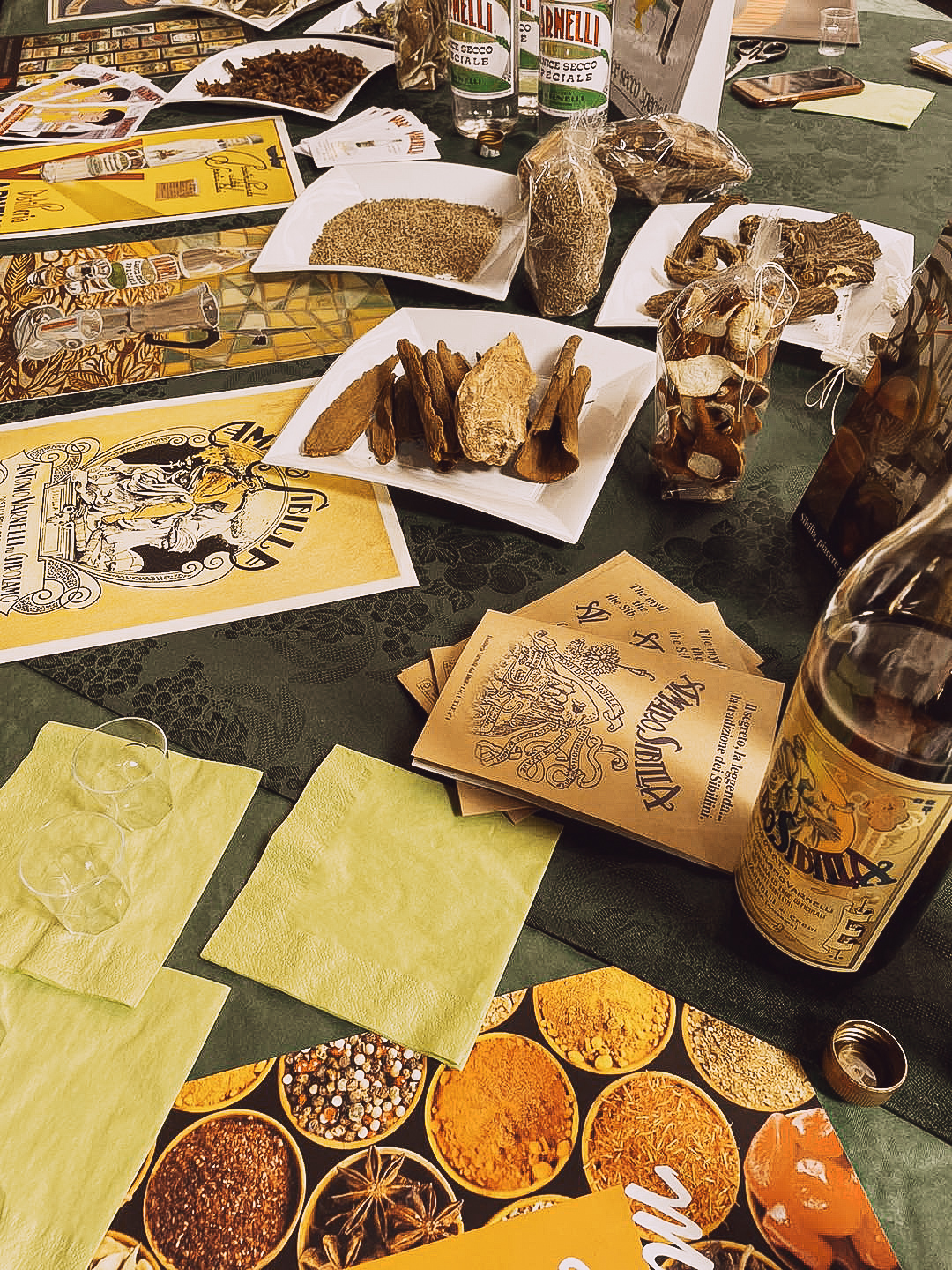
+ show Comments
- Hide Comments
Add a comment